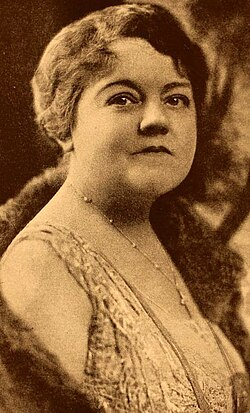Introduction to 'Under the Bamboo Tree'
"Under the Bamboo Tree" by Marie Cahill is a charming piece from the early 1900s that captures the essence of the ragtime era. Released during a time when vaudeville and theater circuits were at their peak, this song became a staple in the pre-radio popular music scene. Known for its catchy melody and playful lyrics, the track showcases the lively spirit of its time.
Cultural Context and Impact
Emerging in the 1900s, "Under the Bamboo Tree" reflects the cultural milieu of the ragtime pioneers. This period was characterized by the transition from live performances to early acoustic recordings on cylinder and disc formats. The song's popularity was bolstered by its frequent inclusion in vaudeville acts, helping it to reach a wide audience before the advent of radio.
Production and Sound
The track is notable for its upbeat tempo and syncopated rhythms, hallmarks of the ragtime genre. The arrangement features a piano-driven melody that is both lively and infectious, capturing the listener's attention with its rhythmic complexity. This particular production choice highlights the song's roots in the ragtime tradition, making it a quintessential example of early 20th-century American music.
Modern Legacy
"Under the Bamboo Tree" has seen various renditions over the years, but one of the most notable covers was performed by Judy Garland in the film "Meet Me in St. Louis" (1944). This version brought the song to a new generation, cementing its place in American musical history. The track remains relevant today for its historical significance and its ability to transport listeners back to a bygone era of music and entertainment.

Comments (0)